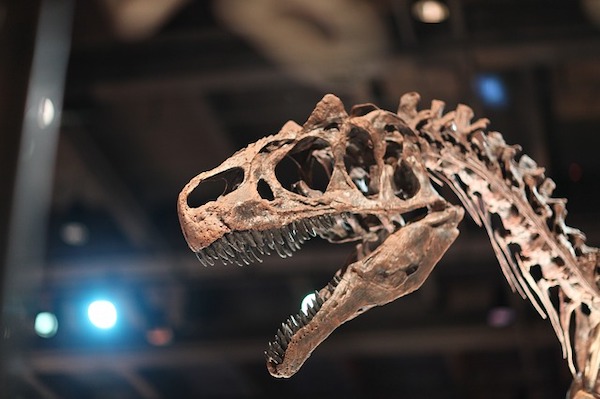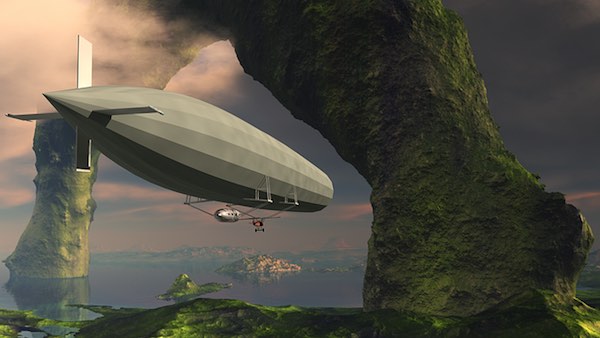More Locks and Funiculars

My good friend Jeff Mann, the true Yard Ramp Guy, has asked me to revisit some of my original posts. This week in my From the Archives series: the power of the mule.

A Boat on the Grand Old Ditch
Construction of the Chesapeake and Ohio Canal, also known as the C&O Canal and the Grand Old Ditch, began in 1828 and finished in 1850.
It reached a final length of 184.5 miles, extending between Cumberland, MD to Washington, DC. Coal was the primary good shipped—though businesses also shipped lumber, limestone for construction, sand, flour, salt, and much more.
The canal operated until 1924, when it was finally shut down due to competition from the railroads, along with major flood damage that year.
Interestingly, the mule-drawn barges were often operated by families that lived on them, especially in the earlier years of the canal. The families would all work together to run these barges; not surprisingly, the mothers were the main figures in running everything. They steered the boats, raised the children, and did all the housework.
The men just took care of the mules and the heavy lifting.
If you've never tried to raise children while running a house, well, let's just say I'll take the heavy lifting any day. (I've never had any illusions about Maggie being the most important part of my family.)
While it operated, though, the C&O Canal contained some of the most impressive engineering designed for a canal. To aid ships in moving uphill, the canal held 74 canal locks, or enclosures: ships sailed in, the lock closed behind them, then fill slowly with water, raising the height of the ship to the next elevation level. They also built 11 aqueducts for crossing major streams and more than 240 culverts to cross smaller ones.
In addition to this was the Paw Paw tunnel, which stretched nearly a kilometer in length, the construction of which almost bankrupted the Chesapeake and Ohio Canal Company. They were forced to end construction early, failing to get all the way to Pittsburgh.
My favorite part of the canal, though, was the C&O Boat Elevator. It served to lower boats down past Georgetown, where traffic jams tended to build up. It operated exactly like a funicular, only for boats—lowering them 600 feet on the diagonal and 40 feet in elevation.
The downward journey was entirely powered by gravity, while water powered turbines would lift the empty boat carrying caisson back to the top. It's a big step up from the Diolkos. Another great example here of human ingenuity in action.
Yard Ramp Guy Blog: Moving by Mule
This week, my friend The Yard Ramp Guy makes what might be the funniest segue yet into promoting inventory.
Click HERE. I dare you to not at least smile.





